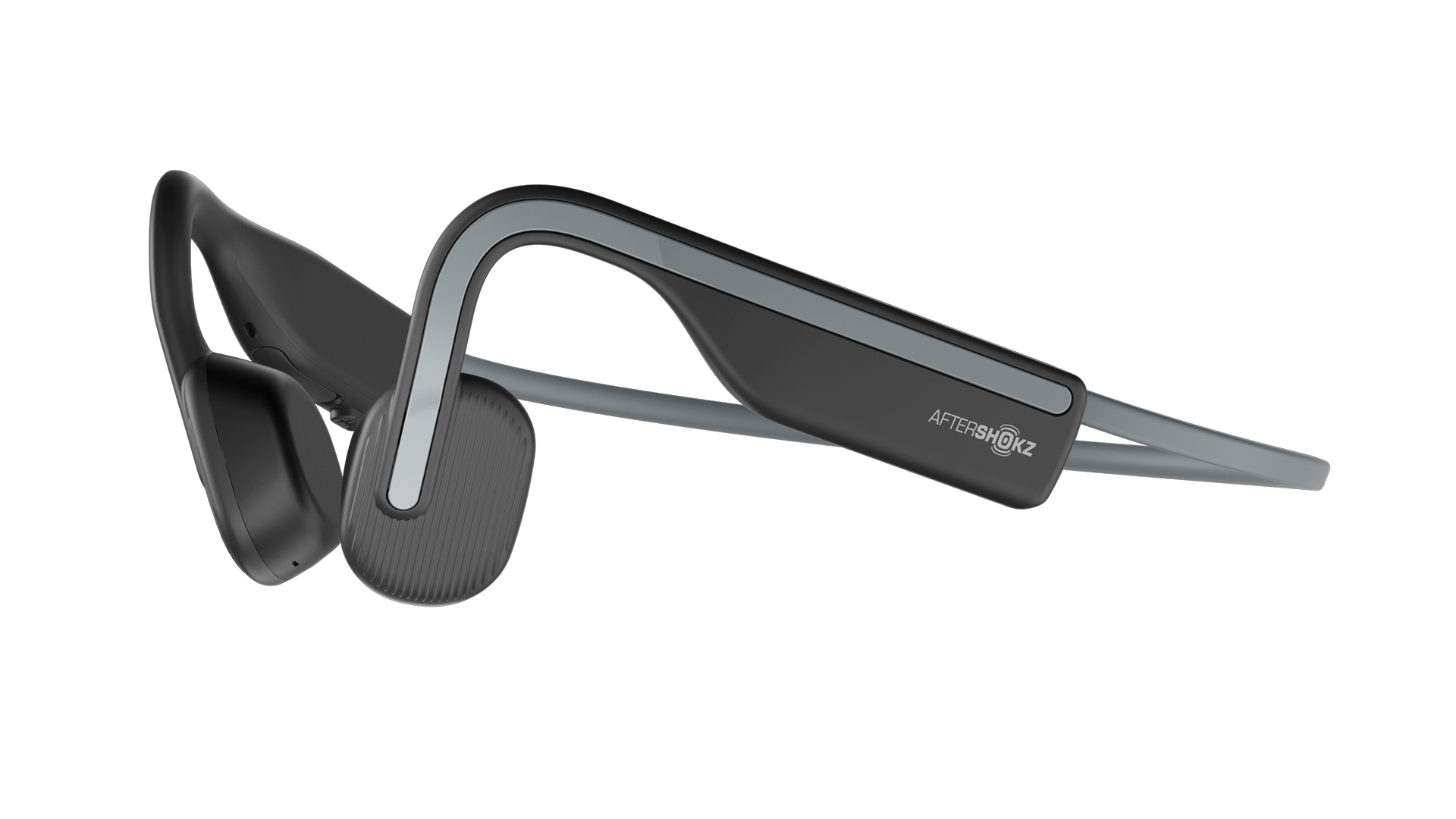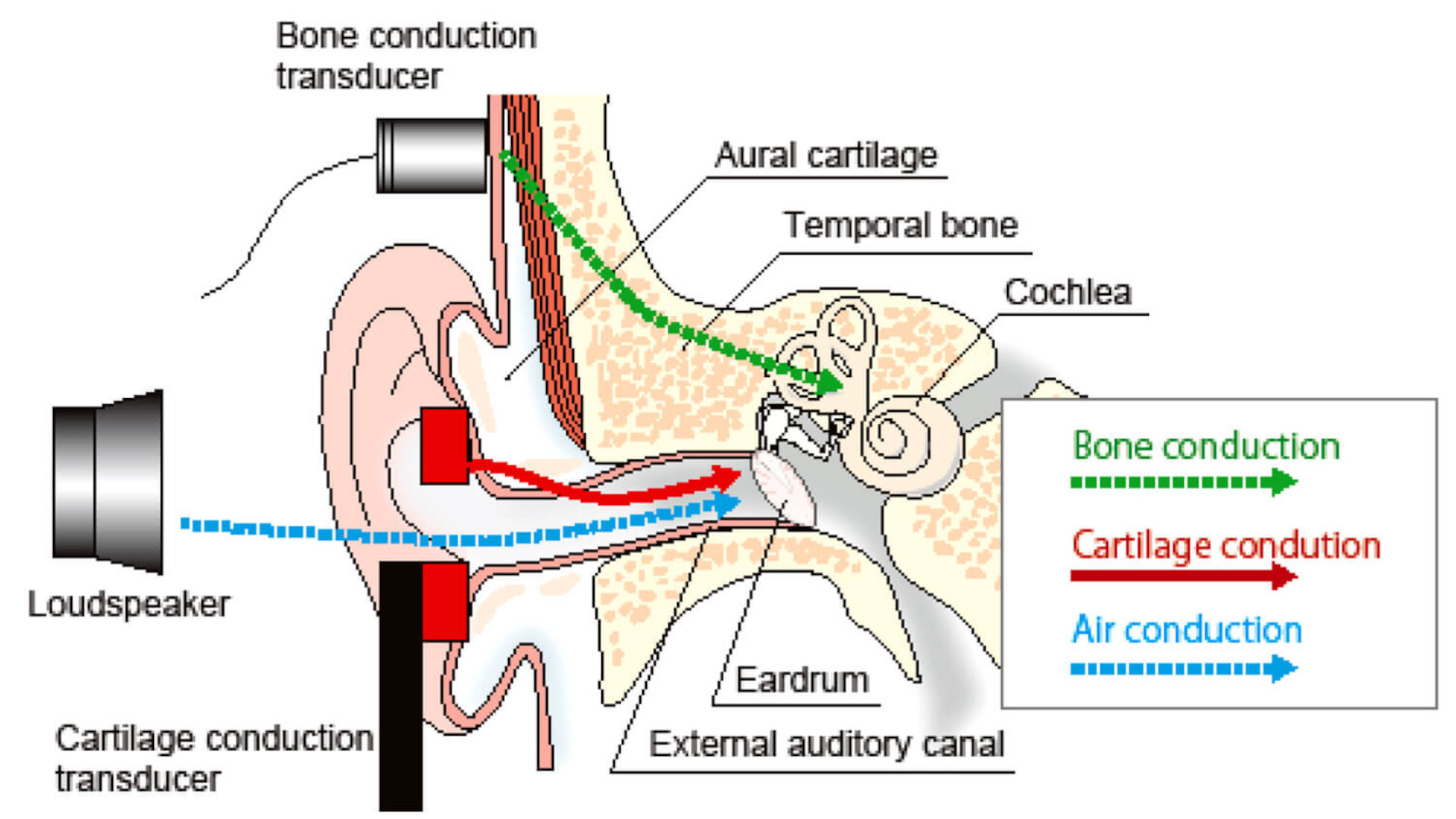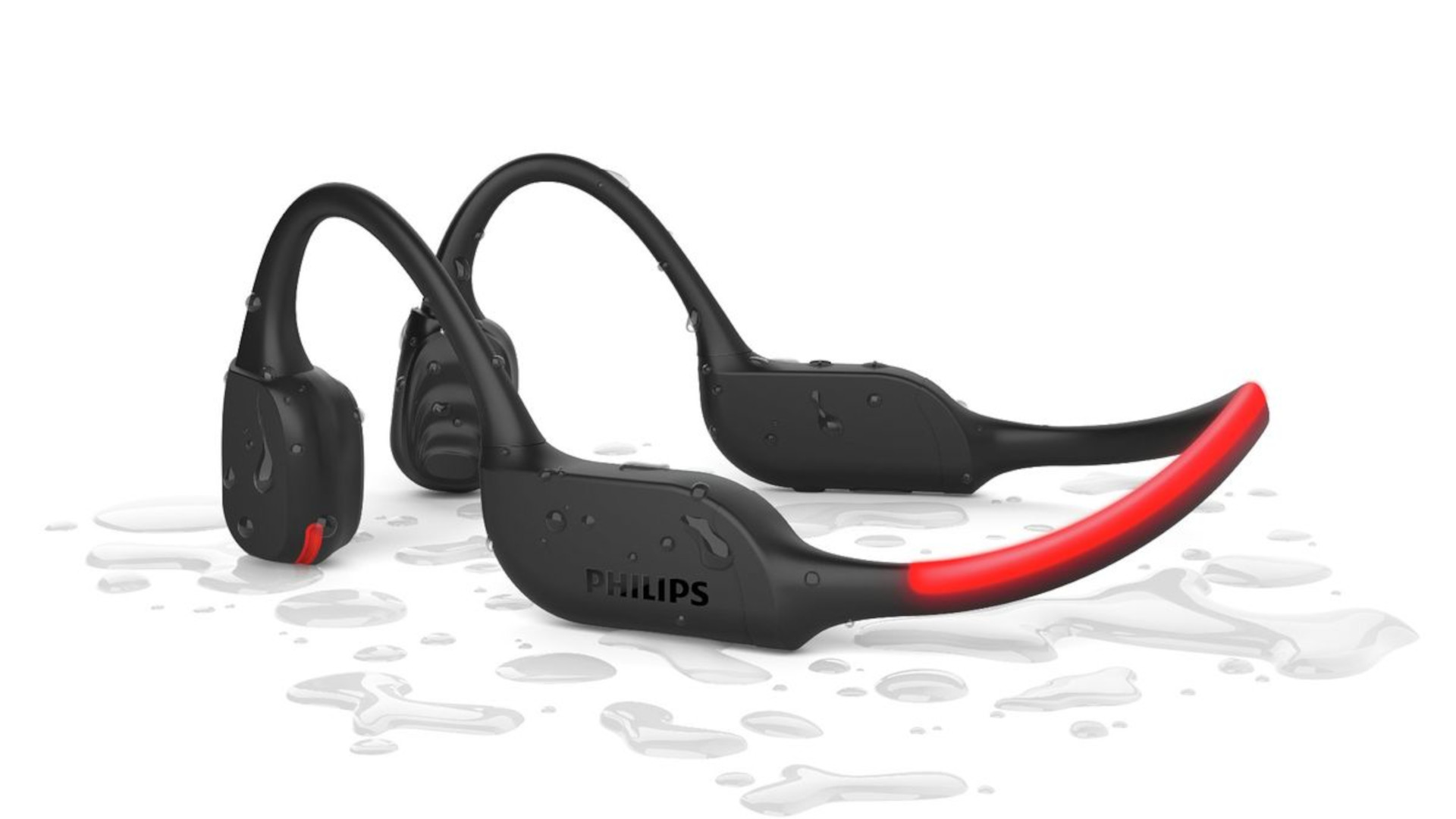Bone conduction headphones: everything you need to know
A runner's best friend, but how do they work and can they serve your needs?

Bone conduction headphones have been around now for more than a decade and yet they're still a relatively little-known – or little-loved – part of the portable audio world. Is that because they're no good or have folk just not realised what they can do? Or perhaps it's because they serve a niche market.
Despite there being more options than ever, you'll still rarely find bone conduction models in the best wireless headphones lists. To be blunt, this is likely due to the sound quality. While they can be good, bone conduction ultimately leaves you listening without your ear canals closed off, meaning background noise issues – where in-ears with noise cancelling would otherwise help to mitigate that auditory masking.
Of course, this is the point for runners, cyclists and anyone else that needs to be aware of their audio surroundings, while still wanting music playback via these rather special headsets. The headphones can also be a good option for kids, where direct in-ear or over-ear audio may be potentially damaging to their hearing – that said, finding a pair that fits can then be the challenge.
The open-ear design of bone conduction headphones offers you that situational awareness that's ideal for sports headphones but it also offers a viable options for those with hearing difficulties too. They didn't make it to the list of this year's What Hi-Fi? Award 2023 winners though, so are they genuinely good or more of a specific use case?
Another question is, are bone conduction headphones the sportsperson's equivalent of going from wired to wireless audio quality? And does that mean you'll never see an audiophile wearing these? Let's explore the technology a little further to find out.

What are bone conduction headphones?
Bone conduction headphones are over-ear audio devices that transmit sound via vibrations directly into your inner ear. This leaves the ear canals open for greater situational awareness as other sounds can arrive via the ear as normal.
The technology developed from hearing aids and has made its way into the more mainstream since then. These are all about offering better hearing of surroundings while listening to music, meaning they've primarily been marketed as sports headphones – allowing runners to hear cars and pedestrians easier than with in-ears.
These are also a great option for those hard of hearing who might not get much benefit from regular headphones. Instead, these can bypass certain hearing issues to deliver sound, directly, where it might otherwise not be picked up by the outer and middle ear.
So while these headphones have unique appeal, the way they work will ultimately limit audio quality which makes them a no-go for most audiophiles. More on why this is, below.

How do bone conduction headphones work?
Bone conduction works, as the name suggests, by transmitting audio signals as vibrations but directly to the inner ear via the bones. While traditional headphones and earphones send audio vibrations down the middle ear canal to the inner ear, bone conduction delivers audio directly.
This is done by resting the headphones on the cheekbones where vibrations are transmitted directly to the cochlea, cutting out the eardrum. So this is a positive for anyone with eardrum issues that might otherwise affect hearing, instead getting the audio directly delivered to that inner ear.
However, because the eardrum isn't involved, the quality of the audio can never be as good. Lots of the processing and signals that would otherwise be picked up by the ear are lost when delivered directly to the cochlea. For this reason, even as the technology advances, it still has that limitation, which will likely remain.

What bone conduction headphones are available?
The name that has become synonymous with bone conduction is Shockz (previously called AfterShockz). The company now has a range of options that suit various sports and these include the OpenMove, OpenSwim, OpenRun, OpenFit and more. Many are IP55 or IP68 water resistant, offer at least eight hours of battery life and even deliver onboard music storage, in the swim model case. They all have that open-ear fit and have kept pricing relatively low even through the years of development.
The Philips A7607 headphones are also worth a mention as these not only use bone conduction audio but also feature a light in the headband to improve nighttime visibility, making these perfectly suited to runners and cyclists.
Are bone conduction headphones worth it?
It rather depends on your priorities.
For anyone who could benefit from the open-ear listening experience, then, bone conduction is a winner. That means runners and cyclists who need to stay aware of traffic surroundings while exercising, but also for those at work perhaps who want to take calls while still hearing others in the room.
It's worth noting that there is some noise bleed from these headphones but generally, in a room with noise, people won't be able to hear what you're listening to. In a silent room, sat close, this might not be the case. Imagine super tiny and very quiet speakers sitting on your face – that's what some of these models can sound like externally.
For those with hearing loss or anyone that uses hearing aids, then bone conduction can be a great way to listen to music or take calls, while still wearing that hearing aid. It's also worth noting that anyone deaf in one ear can still enjoy stereo sound by using bone conduction, since it delivers the full sound profile into the ear directly.

If you put audio quality above all else, however, then the bone conduction experience will be like listening to your music on old headphones without a full sound range. In our experience, they don't compete with the sound quality of the best 'normal' wireless earbuds out there, sounding more compressed in comparison while also lacking, in relative terms, bass depth and the punch that makes music sound exciting. Also if you don't want sound bleed, where others can hear what you're listening to, then these might not be well suited.
It's also worth noting that although there have been many developments that have made these headphones smaller, they still rely on resting on your ears, since the weighty parts sit against your cheeks and not in your ears. As such these can become uncomfortable on that thin outer ear that is supporting them, not to mention lead to movement if not naturally sitting comfortably on your head and ear shape.
What's next for bone conduction headphones?
Based on developments so far, the main improvements have been in size, weight and battery performance. As such you can expect these areas to continue to improve, as they do with most headphone types. But will sound quality improve?
There is a limit on what can be done using the bone conduction transducers, but that isn't to say improvements in sound quality can't be made. As mentioned there is the limit of what the cochlea can pick up directly, so that's always going to be an issue beyond the technology itself.
Expect pricing to lower as this technology becomes more common, more widely adopted and more manufacturers compete to sell in an ever-growing market.
MORE:
Read our Shockz Openmove review
Our expert pick of the best wireless headphones you can buy
Closed-back vs open-back headphones: which one is best for you?
I've heard over 50 headphones this year, but I'm dreaming of only one pair this Christmas
Get the What Hi-Fi? Newsletter
The latest hi-fi, home cinema and tech news, reviews, buying advice and deals, direct to your inbox.
-
ukpg Used bone conductor headphones on a climb at the Sydney harbour bridge way back in 2005 and they were great for the audio from the climb leader. I loved the tech back then - nearly 20 years ago. Can't wait to see where they go with itReply -
zmss56 How do bone conduction head phones work with hats, headbands, hoods, etc while running or walking? Does the rubbing action of the material against the side of the head and/or the headphones drown out the audio? And how do they work while eating? Does the chewing action drown out the audio?Reply
